For the first time, ESMA has published a Data Quality Report (DQR) to gauge the quality of the data reported to Trade Repositories (TRs) under both EMIR and SFTR.
The main objectives of these reporting regimes are to increase transparency in the derivatives and Securities Financing Transaction (SFT) markets and boost the ability of European authorities to monitor systemic and financial stability risks. This DQR aims to provide an overview of the current state of play under the two reporting regimes, while also providing insights into the ongoing efforts made by National Competent Authorities (NCAs) and ESMA to improve data quality.
EMIR Reporting Trends and Data Quality
Key trends in data reporting
In the DQR, ESMA presented the key trends for 2020, showing how both the COVID-19 pandemic and Brexit impacted EMIR reporting trends through increased market volatility and volume shifts.
Examining submissions by contract type, ESMA identified that there was a significant decline in the number of Futures contracts reported. In contrast, CFDs and Options almost doubled in volume.
Concerning the data inflation issues, ESMA monitored the accuracy of TR regulatory reports. Several issues were identified, which led an increase in the number of open contracts. For instance, ESMA identified how misreporting by a single EU counterparty inflated the number of reports. Furthermore, ESMA highlighted how crucial it is for the counterparties to report in line with its regulatory expectations and that misreporting could undermine the economic and financial stability analysis performed by data users.
Data completeness, timeliness and availability
The DQR has revealed many issues in the data and presented some of the findings the NCAs discovered during their reviews and investigations.
Below we highlight those areas market participants and NCAs should focus on when assessing data completeness, timeliness and availability:
- Coordinated Universal Time (UTC) is not converted to local time. This leads to records being wrongly classified as “Late Reporting” due to UTC vs. local time discrepancies.
- An increase in late reporting with around 7% of daily submissions arriving late in early 2021.
- Non-reported derivatives (derivatives that should have been reported to a TR by EU counterparties but were not).
- Non-reporting of valuations, with a significant portion of open derivatives subject to daily valuations, either did not receive updates for several years or had valuation timestamps in the future.
Data accuracy and adhering to format and content
Based on the rejection statistics provided by TRs, a low rejection rate was identified, dropping to 12% from a peak of 40%. At the same time, the average number or errors per submission was 2. More specifically, the fields that most commonly failed the validation process were the strike price, strike price notation, underlying identification type, fixed and floating rate, collateral portfolio and commodity details.
Data integrity and reconciliation
The need to reconcile the data stems from the dual-sided reporting obligation. As such, data reconciliation is one of the key processes by which to assess data quality under EMIR. This process is split into two distinct phases: pairing and matching.
ESMA highlighted that, historically, the pairing was problematic. Although it increased by the end of 2020, it remained very low considering that successful pairing requires counterparty agreement on only three fields (reporting counterparty ID, ID of the other counterparty, and trade ID). ESMA underlined several reasons for the lack of pairing, including non-reporting, disagreement on the generation of trade ID, or the position vs. trade level reporting.
Furthermore, given that both counterparties are expected to agree on the details to be reported to TRs for reconciliation purposes, ESMA anticipated that the number of derivatives reported from both counterparties would be the same. Nevertheless, this was not the case, as this was inhibited by the lack of agreement on fundamental aspects such as the number of derivatives that were concluded with each other.
SFTR Reporting Trends and Data Quality
Due to the relatively short time since reporting went live, the DQR focused primarily on providing an initial overview of the data reporting landscape and TR rejection rates for counterparty submissions.
While the TR rejection rate was elevated in the initial weeks after reporting came into effect, it has declined significantly since then, which indicates that TRs and counterparties are becoming increasingly familiar with the reporting process.
Reporting of SFTs showed an increasing trend since Brexit, when there was a steep drop in the number of reporting counterparties. The vast majority of reported SFTs were securities lending and borrowing transactions and repurchase agreements where 90% of them were reported by investment firms and credit institutions.
